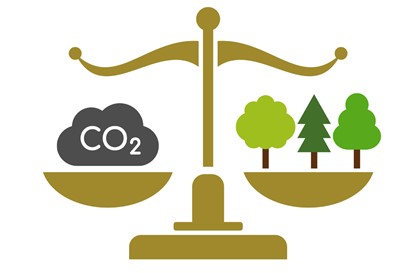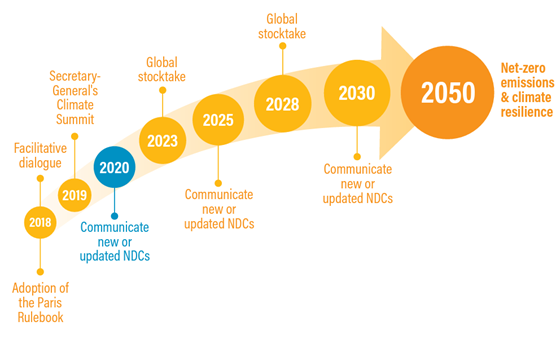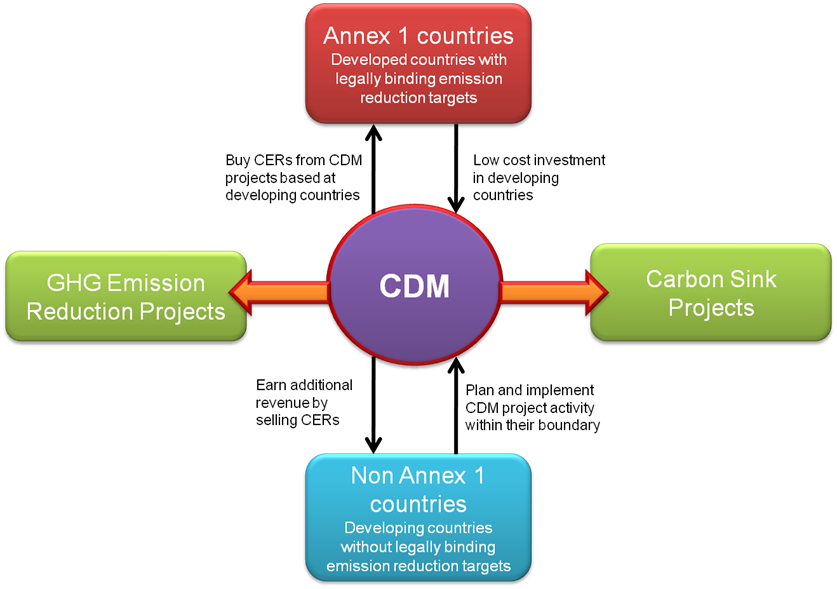How effective are international climate agreements in driving meaningful change?

How effective are international climate agreements in driving meaningful change?
by Nathaniel 02:15pm Feb 03, 2025

How effective are international climate agreements in driving meaningful change?
International climate agreements have been a cornerstone of global efforts to combat climate change. These agreements, such as the Kyoto Protocol and the Paris Agreement, aim to unite countries in taking collective action to reduce greenhouse gas emissions and limit global warming. While these agreements have helped raise awareness and set ambitious targets, their effectiveness in driving meaningful, transformative change remains a subject of debate. Several factors, including the level of commitment from nations, the flexibility of the agreements, enforcement mechanisms, and the global political landscape, influence how successful these accords are in achieving real environmental progress.
The Paris Agreement: A Case Study
The Paris Agreement, adopted in 2015, is one of the most widely discussed international climate accords. It marked a significant shift in global climate diplomacy by involving all countries both developed and developing in the effort to tackle climate change. One of its key features is the "nationally determined contributions" (NDCs), where each country sets its own climate targets based on its capabilities and circumstances. The overall goal is to limit global temperature rise to below 2°C, and preferably to 1.5°C, above pre-industrial levels.
Achievements and Positive Aspects
Universal Participation: The Paris Agreement stands out because of its universal nature. For the first time, almost every country in the world agreed to take action to reduce emissions. This broad participation is seen as a major success, as climate change is a global issue that requires a global response.
Increased Awareness and Political Will: The Paris Agreement raised the profile of climate change on the global political agenda. It has spurred countries to invest in renewable energy, adopt green policies, and consider the environmental impact of their economic activities. Many nations have enhanced their domestic policies to align with the agreement’s goals, including setting net-zero emissions targets for mid-century.
Climate Finance:The agreement also includes provisions for climate finance, particularly to support developing countries in mitigating and adapting to climate change. Wealthier countries have pledged to provide $100 billion annually in climate finance to help vulnerable countries deal with the impacts of climate change.
Limitations and Challenges
Ambitious but Voluntary Commitments: The flexibility of the Paris Agreement, while inclusive, also means that the targets set by individual countries are voluntary and non-binding. This raises concerns about whether these commitments will be strong enough to keep global warming within safe limits. For instance, many countries' emissions reduction pledges under the NDCs are insufficient to achieve the 1.5°C target. A 2023 report from the UN warned that current pledges would lead to a temperature increase of 2.7°C by the end of the century, far above the agreed goal.
Lack of Enforcement Mechanisms: One of the key criticisms of the Paris Agreement is the absence of concrete enforcement mechanisms. While countries are expected to report on their progress and "ratchet up" their commitments every five years, there are no real penalties for non-compliance. This lack of accountability can reduce the incentive for countries to take the urgent, substantial action needed to meet the climate goals.
Political and Economic Conflicts: Geopolitical tensions and economic priorities often undermine international climate agreements. For example, some nations, particularly major emitters like the United States and China, have been reluctant to take ambitious steps without assurances of equitable contributions from other countries. In 2017, the U.S.announced its withdrawal from the Paris Agreement, citing concerns over the potential economic costs of implementing stringent emissions cuts.Although the U.S. rejoined in 2021, such political shifts can slow down the momentum of climate action.
The Kyoto Protocol and Historical Lessons
The Kyoto Protocol (1997), which preceded the Paris Agreement, established legally binding emission reduction targets for developed countries. While it was a pioneering international climate treaty, its effectiveness was limited by several factors:
Limited Participation:The Kyoto Protocol’s binding commitments applied only to developed countries, while developing nations, including major emitters like China and India, were not required to reduce emissions. This led to significant gaps in global climate action. Moreover, the U.S. signed but never ratified the agreement, undermining its impact.
Insufficient Emission Reductions: Despite its legally binding targets, the Kyoto Protocol did not achieve the level of emission reductions necessary to stabilize global temperatures. The overall emissions of the participating countries did not decrease enough to offset the global rise in emissions,particularly as developing countries industrialized and their emissions grew.
Complexity and Implementation Issues: The Kyoto Protocol's complex mechanisms, including emissions trading and the Clean Development Mechanism (CDM), created loopholes that allowed some countries to avoid making substantial cuts by purchasing carbon credits instead of reducing emissions at home. This resulted in uneven implementation and limited progress toward its long-term goals.

The Role of Enforcement and Accountability
For international climate agreements to drive meaningful change, stronger mechanisms for enforcement and accountability are needed. Without clear penalties for non-compliance, countries may fail to meet their targets, undermining the overall goal of the agreement. Some proposals for enhancing the effectiveness of climate agreements include:
Stronger Penalties for Non-Compliance: For agreements to be truly effective, countries must face consequences if they fail to meet their climate targets. This could include economic sanctions or limitations on trade and access to international financial markets.
Binding Targets with Regular Review: Agreements with legally binding commitments, such as those in the Kyoto Protocol, may be more effective in ensuring that countries follow through on their pledges. Regular reviews of progress, with the possibility of adjusting targets, could also ensure that action remains in line with the latest climate science.
Conclusion: Effectiveness of International Climate Agreements
International climate agreements, like the Paris Agreement, have played an essential role in raising global awareness about the urgency of addressing climate change. They have provided a platform for international cooperation, set meaningful long-term goals, and catalyzed national climate policies. However, the effectiveness of these agreements in driving substantial, transformative change is still limited by voluntary participation, lack of enforcement mechanisms, and political and economic challenges.
For international climate agreements to be truly effective, stronger mechanisms for accountability and enforcement are required. Additionally, the global community must be willing to align its economic and political priorities with the urgency of the climate crisis. While these agreements are an important step, achieving meaningful and lasting change requires a collective effort that goes beyond diplomatic commitments and into concrete, sustained action at local, national, and global levels.






